DE – Raga CDs of the Month (01/2015): GNB – Prince of Carnatic Music (part 1 & 2)
Posted by ElJay Arem (IMC OnAir) on January 19, 2015
Raga CDs of the Month: “The Prince of South Indian classical music”
– a musical biography of G.N. Balasubramaniam (1910-1965).

G.N.B. (source: http://www.sangeethapriya.org)
In Gudalur (Niligiris District / Tamil Nadu), near Mayiladuthurai (formerly Mayavaram), GN Balasubramaniam was born on 6th January 1910. G.N. Balasubramaniam or just GNB, as he is called in India, was a singer of South Indian classics… and he was the first show star. In the history of Indian music GNB is remembered as the “Prince of Carnatic music“.
This exceptional artist died too early, at the age of only 55 years, on 1 May 1965. Today promotion initiative IMC – India meets Classic devote with a 2 hours radio program (part 1 and 2) to GN Balasubramaniam with some very rare, not yet published recordings.
GNB completed in Chennai with a degree (B.A.) in English literature. Beside his studies at that time he took some music courses at the Annamalai University. For health reasons GNB discontinued this musical education. Later he attended master classes at the University of Madras. At 18 (in 1928) GNB entered the stage. Since his rise in the music scene of Carnatic music had been meteoric. GNB was one of the most progressive artists of his time.
dates of broadcasting (part 1 and 2)…
19th January 2015 – 4:00-6:00 pm EST (10:00-11:58 pm CET) @ TIDE Radio (DE)
broadcasting plan | streaming (Internet Radio & Mobile Radio) | podCast
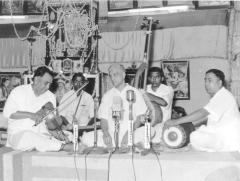
(source: http://www.sangeethapriya.org)
GNB redesigned in an unorthodox manner the performance practice of Carnatic music with elements of North Indian Classics (Hindustani) which eplains his meteoric rise… and consequently his popularity within the South Indian audience. – And GNB’s clarity and transparency in the composition and performance style secured him as a teacher (guru) to guide a variety of musical talents. Many of them mature in their subsequent musical career up to extra ordinary masters of Indian classical music. E.g. Trichur V. Ramachandran (born 1940) from Kerala or the female singer Madras Lalitangi Vasanthakumari (1928-1990). MLV was one of the “female Trinity of Carnatic Music” alongside DK Pattammal and MS Subbulakshmi.
The specialty of GNB was set within the compositional structure with giving specific phrasing accents by additional notes to emphasize the beauty of the compositional form. This stylistic element is named as ‘Chittaswaram‘. It has its place at the end of Anupallavi or Charanam, the 2nd or 3rd verse. As an example here a translation for the Thyagaraja composition ‘Raga Sudha Rasa’:
Pallavi: raga sudha rasa panamu jesi rañjillave o manasa
The nectar like juice of melody sip. O my mind and joy therein, why don’t you find?
Anupallavi: yaga yoga tyaga bhoga phalamosan ge (raga)
Rites, Meditations, austerity and pleasure. In such music, do their fruits come together.
Charanam: sadasiva mayamagu nadon kara swara vidulu jivanmuktulani tyagaraju teliyu (raga)
That in which Sadashiva (= always pleasing) pervades unbound. The notes from Om the primordial sound. They that are versed in them, the art profound. To the cycle of life and death are no longer bound. This is a verity, this bard has found.
(Source: lyrical-thyagaraja.blogspot.de)
The verse forms Pallavi, Anupallavi and Charanam build the structure of compositional forms such as Keerthanam-s and Kriti-s. GNB revived the musical repertoire of the three great composers of the South Indian classical music (‘Trinity of Carnatic Music’), especially those of Tyagaraja (Kakaarla Tyagabrahmam, 05/04/1767-01/06/1847) and Muthuswami Dikshitar (03/24/1775-10/21/1835).
+++

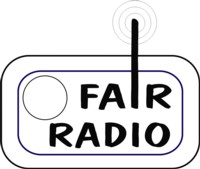
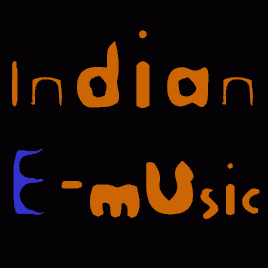


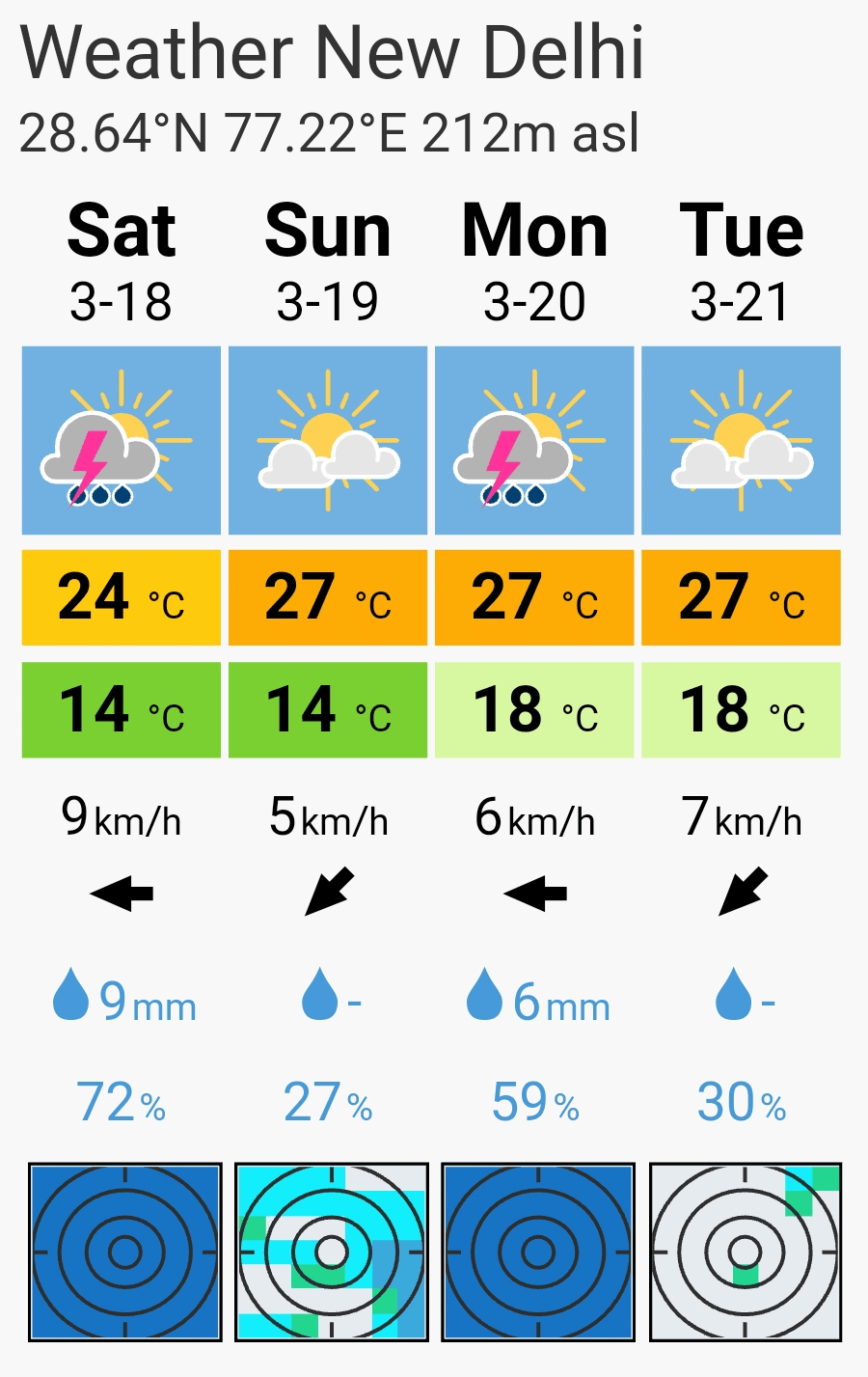

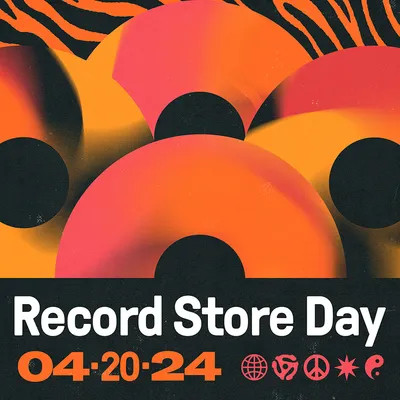

Leave a comment